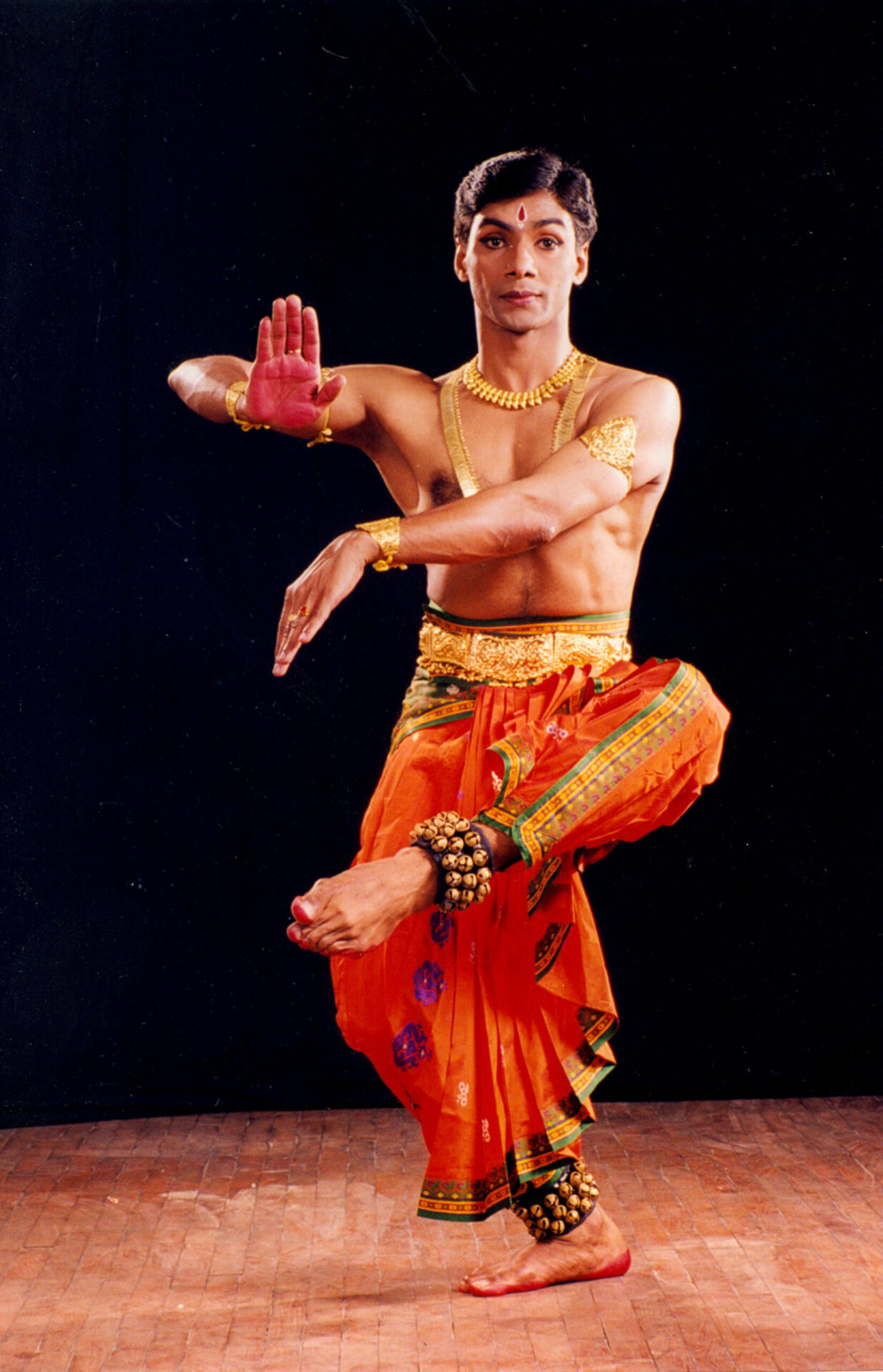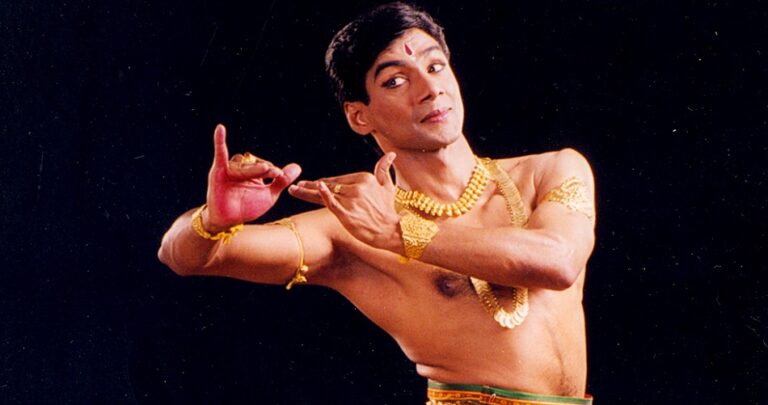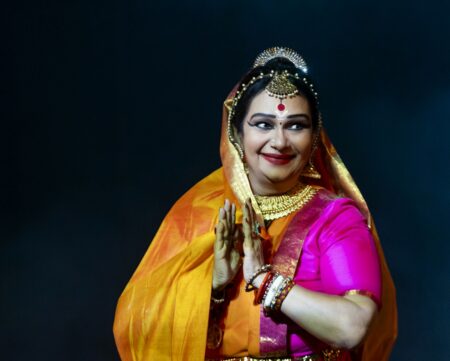Indian classical dance is a call within my Jesuit call. A complete language with meaningful gestures and movements, this art form helps me to convey my belief and convictions to the people.
A true artist is on an ever searching path to express oneself in the finest form and means. Such an artist judiciously chooses one’s own most fitting means to reflect as vividly as possible his/her creative genius in this world. Dance is the most beautiful and gripping means for me to actualize myself. Indian classical dance is the supreme beauty of the divine revealed in a chain of graceful motion. It portrays the infinite beauty of the Master Creator. And this fact is most pronounced in Hindu temple dance. One can admire it epitomised in the flawless Ananda-tandava-sada-nritta-murti icon, generally called the Shiva-Nataraja icon.
I consider dance as a call within my Jesuit call. It was at the age of five that I fell under the spell of this great and alluring magic — Indian classical dance. Since then, the Indian classical arts became my gripping passion. Slowly and steadily it began to enter into my recesses, helping me improve my humanity; and make life harmonious. It is mesmerising.
Indian classical dance is a total theatre. This theatre was designed to communicate divine to all people easily and directly. Through dance, complex philosophical and theological systems can be reached to the hearts and minds of the people in a beautiful, lucid and attractive way. Dance being the most physical of all arts, can pierce the senses of the people easily, quickly and intimately. Indian classical theatre is a sacred theatre; and a universal language. It reaches beyond barriers. Today it is accessible to everyone.

Initial training
As a child, I learnt primarily through watching and imitating it till I got the opportunity to learn systematically. However, as a catholic boy, I was neither encouraged nor had the right opportunity to learn it from experts anywhere near my village. What I learned was from my siblings, my sisters and my Hindu friends. I could sit for hours together watching Kathakali, Mohiniyattam, Bharatanatyam and other Indian dance forms.
After entering into the Jesuit Order I have received formal training in different styles of Indian classical dance and music. I have a two-year diploma, a Master’s and a PhD in Indian classical dance. And for several years I have spent ample time with expert teachers in perfecting dance.
I learned Bharatanatyam from eminent gurus including Guru K. Rajkumar, Guru Khagendranath Barman, Guru Leela Samson, Guru C.V. Chandrasekhar, late Guru Kalanidhi Narayanan and Guru Priyadarshini Govind. Guru Derric Munro and late Guru Vempati Chinna Satyam taught me Kuchipudi. I have received short term training in Kathakali, Koodiyattam, Manipuri, Kathak, folk, tribal and creative dances. Kalaripayattu lessons also helped me in my dance. Yoga was part of me.
Medium of expression
For me to dance is to breathe. It has become part and parcel of me. I cannot think of a better language to communicate intimately my innermost feelings, emotions and thoughts. Dancing makes me totally at ease with myself. It is also prayer and meditation for me. I experience the Divine most deeply and intensely in and through dance. I have reached a stage even if I am physically unable to dance, my soul dances. Dance is my most precious possession and it possesses me. I do not need a stage to dance. My body is the stage and my soul is the dancer. Only my Creator can take it away from me.
In dance, there is primarily twin preparation: physical and mental or spiritual. Physically I have to make myself fit to move from simple to complex rhythms and music. It takes an hour and a half for me to get ready. And mental preparation is a more prolonged one. I need a composed and concentrated mind to give my best performance on stage. If my mind or spirit is distracted, it acts detrimental to fine communication. Mental preparation includes thinking, reflecting, memorising, recalling, meditating, praying, composing and choreographing and coordinating the mental and physical movements in unison on a stage. I consider every performance as my last performance and give my best to it.
Dance is dance. Every theme is important. The gesticulations may vary from theme to theme, but the spirituality is the same: expressing the beauty of God from the wellsprings of one’s spiritual treasure. There could be a fundamental spiritual experience depending on one’s background and upbringing: for me, it is the Christ experience. But that in no way separates me from other possible experiences.
Click here to read part 2





3 Comments
Appreciate Saju Bhai’s dedication towards Indian classical dance.
I’m so glad that i got a chance to meet you and receive your blessings. May the kalahridaya spread light to the hearts of people around you. Thank you for sharing the article.
Hi you are posting best information, it’s very useful to everyone, keep updating this type of interesting articles.